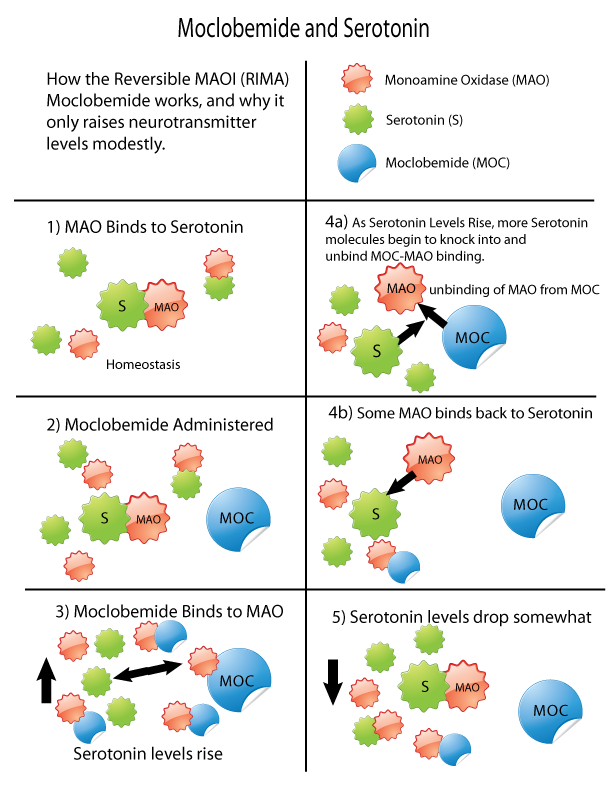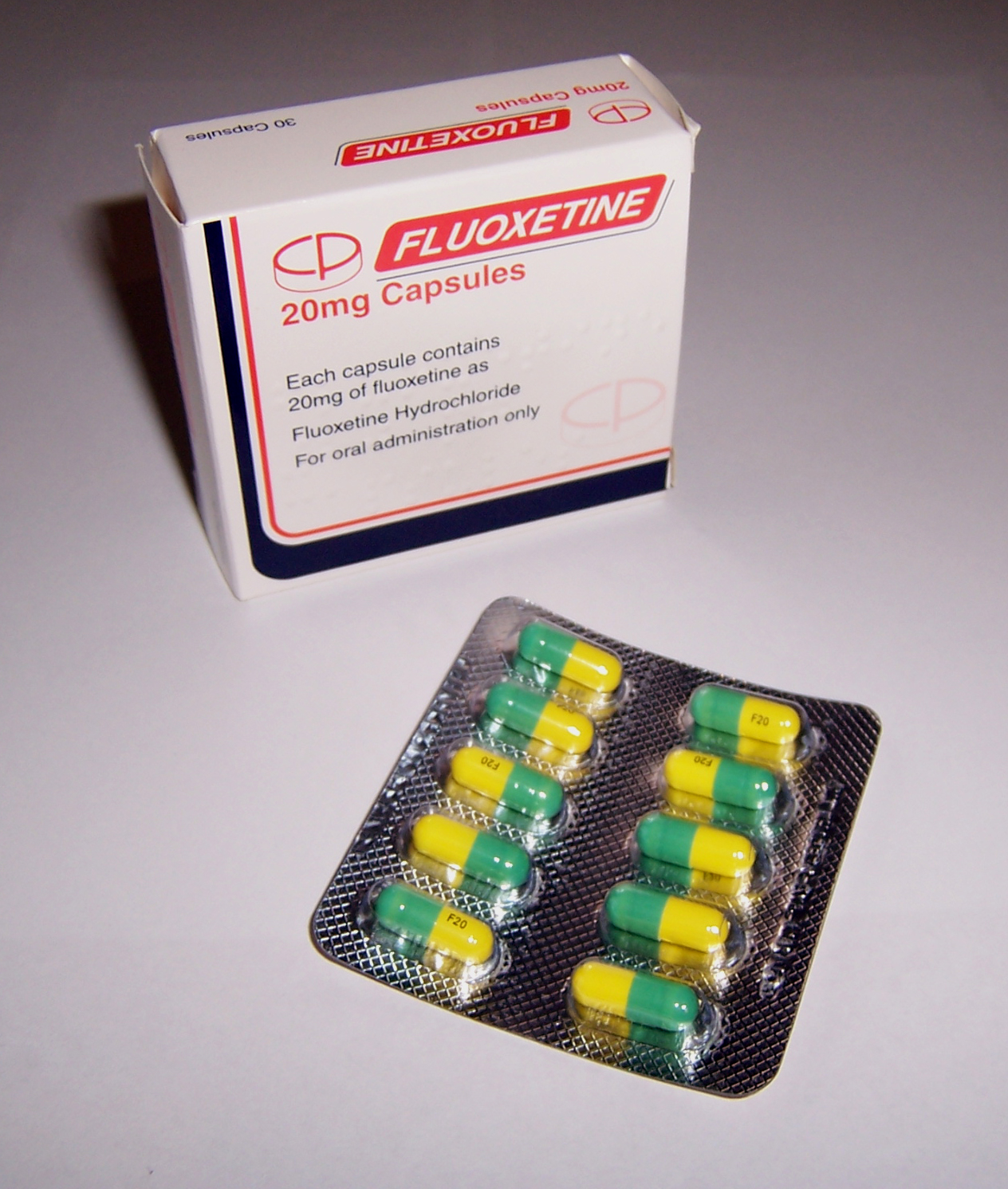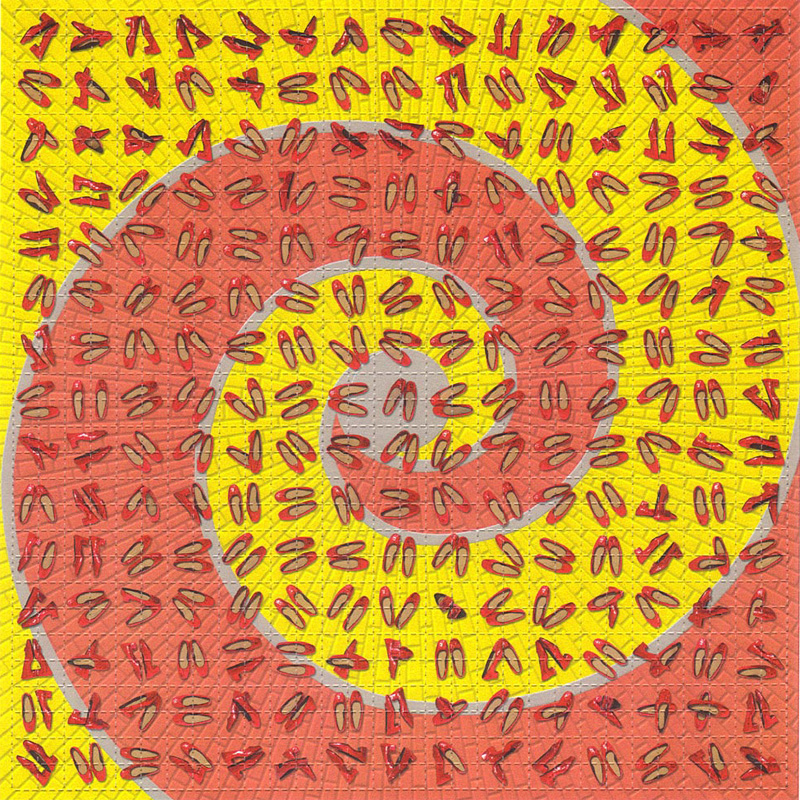|
Serotonin Receptor Agonist
A serotonin receptor agonist is an agonist of one or more serotonin receptors. They activate serotonin receptors in a manner similar to that of serotonin (5-hydroxytryptamine; 5-HT), a neurotransmitter and hormone and the endogenous ligand of the serotonin receptors. Non-selective agonists Serotonergic psychedelics such as tryptamines (e.g., psilocybin, psilocin, , 5-MeO-DMT, bufotenin), lysergamides (e.g., , ergine ()), phenethylamines (e.g., mescaline, 2C-B, 25I-NBOMe), and amphetamines (e.g., , ) are non-selective agonists of serotonin receptors. Their hallucinogenic effects are specifically mediated by activation of the 5-HT2A receptor. Drugs that increase extracellular serotonin levels such as serotonin reuptake inhibitors (e.g., fluoxetine, venlafaxine), serotonin releasing agents (e.g., fenfluramine, ), and monoamine oxidase inhibitors (e.g., phenelzine, moclobemide) are indirect non-selective serotonin receptor agonists. They are used variously as antidepressant ... [...More Info...] [...Related Items...] OR: [Wikipedia] [Google] [Baidu] |
Mescaline
Mescaline, also known as mescalin or mezcalin, and in chemical terms 3,4,5-trimethoxyphenethylamine, is a natural product, naturally occurring psychedelic drug, psychedelic alkaloid, protoalkaloid of the substituted phenethylamine class, found in Cactus, cacti like peyote (''Lophophora williamsii'') and San Pedro cactus, San Pedro (certain species of the Echinopsis genus) and known for its Serotonin, serotonergic Hallucinogen, hallucinogenic effects. Mescaline is typically taken orally and used recreationally, spiritually, and medically, with psychedelic effects occurring at doses from 100 to 1,000 mg, including microdosing below 75 mg, and it can be consumed in pure form or via mescaline-containing cacti. Mescaline induces a psychedelic experience characterized by vivid visual patterns, altered perception of time and self, synesthesia, and spiritual effects, with an onset of 0.5–0.9 hours and a duration that increases with dose, ranging from about 6 to 14 hours. Mescaline h ... [...More Info...] [...Related Items...] OR: [Wikipedia] [Google] [Baidu] |
Phenelzine
Phenelzine, sold under the brand name Nardil among others, is a non-selective and irreversible monoamine oxidase inhibitor (MAOI) of the hydrazine family which is primarily used as an antidepressant and anxiolytic to treat depression and anxiety. Along with tranylcypromine and isocarboxazid, phenelzine is one of the few non-selective and irreversible MAOIs still in widespread clinical use. Synthesis of phenelzine was first described by Emil Votoček and Otakar Leminger in 1932. Medical uses Phenelzine is primarily used in the treatment of major depressive disorder. Patients with atypical depression respond particularly well to phenelzine. The medication is also useful in treatment-resistant depression, where patients do not respond favorably to first and second-line treatments for depression. In addition to being a recognized treatment for major depressive disorder, phenelzine is also effective in treating dysthymia, bipolar depression, panic disorder, social anxiet ... [...More Info...] [...Related Items...] OR: [Wikipedia] [Google] [Baidu] |
Monoamine Oxidase Inhibitor
Monoamine oxidase inhibitors (MAOIs) are a drug class, class of drugs that inhibit the activity of one or both monoamine oxidase enzymes: monoamine oxidase A (MAO-A) and monoamine oxidase B (MAO-B). They are best known as effective antidepressants, especially for treatment-resistant depression and atypical depression. They are also used to treat panic disorder, social anxiety disorder, Parkinson's disease, and several other disorders. Reversible inhibitors of monoamine oxidase A (RIMAs) are a subclass of MAOIs that binding selectivity, selectively and Enzyme inhibitor#Reversible inhibitors, reversibly enzyme inhibitor, inhibit the MAO-A enzyme. RIMAs are used clinically in the medication, treatment of major depressive disorder, depression and dysthymia. Due to their reversibility, they are safer in single-drug overdose than the older, irreversible MAOIs, and weaker in increasing the monoamines important in depressive disorder. RIMAs have not gained widespread market share in th ... [...More Info...] [...Related Items...] OR: [Wikipedia] [Google] [Baidu] |
Fenfluramine
Fenfluramine, sold under the brand name Fintepla, is a serotonergic medication used for the treatment of seizures associated with Dravet syndrome and Lennox–Gastaut syndrome. It was formerly used as an appetite suppressant in the treatment of obesity, but was discontinued for this use due to cardiovascular toxicity before being repurposed for new indications. Fenfluramine was used for weight loss both alone under the brand name Pondimin and in combination with phentermine commonly known as fen-phen. Side effects of fenfluramine in people treated for seizures include decreased appetite, somnolence, sedation, lethargy, diarrhea, constipation, abnormal echocardiogram, fatigue, malaise, asthenia, ataxia, balance disorder, gait disturbance, increased blood pressure, drooling, excessive salivation, fever, upper respiratory tract infection, vomiting, appetite loss, weight loss, falls, and status epilepticus. Fenfluramine acts as a serotonin and norepinephrin ... [...More Info...] [...Related Items...] OR: [Wikipedia] [Google] [Baidu] |
Serotonin Releasing Agent
A serotonin releasing agent (SRA) is a type of drug that induces the release of serotonin into the neuronal synaptic cleft. A selective serotonin releasing agent (SSRA) is an SRA with less significant or no efficacy in producing neurotransmitter efflux at other types of monoamine neurons, including dopamine and norepinephrine neurons. SRAs, for instance fenfluramine, dexfenfluramine, and chlorphentermine, have been used clinically as appetite suppressants. However, these SRAs were withdrawn from the market due to toxicity in the 1990s and no SRAs were available or employable for clinical study for many years. In any case, a low-dose formulation was reintroduced for treatment of Dravet syndrome in 2020 and this allowed clinical and research use of SRAs in humans once again. Aside from use as appetite suppressants, SSRAs have been proposed as novel antidepressants and anxiolytics, with the potential for a faster onset of action and superior effectiveness relative to the selectiv ... [...More Info...] [...Related Items...] OR: [Wikipedia] [Google] [Baidu] |
Venlafaxine
Venlafaxine, sold under the brand name Effexor among others, is an antidepressant medication of the serotonin–norepinephrine reuptake inhibitor (SNRI) class. It is used to treat major depressive disorder, generalized anxiety disorder, panic disorder, and social anxiety disorder. Studies have shown that venlafaxine improves post-traumatic stress disorder (PTSD) as a recommended first-line treatment. It may also be used for chronic neuropathic pain. It is taken orally (swallowed by mouth). It is also available as the salt venlafaxine besylate (venlafaxine benzenesulfonate monohydrate) in an extended-release formulation (Venbysi XR). Common side effects include loss of appetite, constipation, dry mouth, dizziness, sweating, insomnia, drowsiness and sexual problems. Severe side effects include an increased risk of suicide, mania, and serotonin syndrome. Antidepressant withdrawal syndrome may occur if stopped. A meta-analysis of randomized trials in depression found an inc ... [...More Info...] [...Related Items...] OR: [Wikipedia] [Google] [Baidu] |
Fluoxetine
Fluoxetine, sold under the brand name Prozac, among others, is an Antidepressant, antidepressant medication of the selective serotonin reuptake inhibitor (SSRI) class used for the treatment of major depressive disorder, Anxiety disorder, anxiety, obsessive–compulsive disorder (OCD), panic disorder, premenstrual dysphoric disorder, and bulimia nervosa. It is also approved for treatment of major depressive disorder in adolescents and children 8 years of age and over. It has also been used to treat premature ejaculation. Fluoxetine is oral administration, taken by mouth. Common side effects include anorexia (symptom), loss of appetite, nausea, diarrhea, headache, insomnia, trouble sleeping, xerostomia, dry mouth, and sexual dysfunction. Serious side effects include serotonin syndrome, mania, seizures, an increased risk of suicide, suicidal behavior in people under 25 years old, and an increased risk of bleeding. Antidepressant discontinuation syndrome is less likely to occur ... [...More Info...] [...Related Items...] OR: [Wikipedia] [Google] [Baidu] |
Serotonin Reuptake Inhibitor
A serotonin reuptake inhibitor (SRI) is a type of drug which acts as a reuptake inhibitor of the neurotransmitter serotonin (5-hydroxytryptamine, or 5-HT) by blocking the drug action, action of the serotonin transporter (SERT). This in turn leads to increased extracellular concentrations of serotonin and, therefore, an increase in Serotonin, serotonergic neurotransmission. It is a type of monoamine reuptake inhibitor (MRI); other types of MRIs include dopamine reuptake inhibitors and norepinephrine reuptake inhibitors. SRIs are not synonymous with selective serotonin reuptake inhibitors (SSRIs), as the latter term is usually used to describe the chemical class, class of antidepressants of the same name, and because SRIs, unlike SSRIs, can either be binding selectivity, selective or non-selective in their drug action, action. For example, cocaine, which non-selectively inhibits the reuptake of serotonin, norepinephrine, and dopamine, is an SRI but not an SSRI. SRIs are used pred ... [...More Info...] [...Related Items...] OR: [Wikipedia] [Google] [Baidu] |
Extracellular
This glossary of biology terms is a list of definitions of fundamental terms and concepts used in biology, the study of life and of living organisms. It is intended as introductory material for novices; for more specific and technical definitions from sub-disciplines and related fields, see Glossary of cell biology, Glossary of genetics, Glossary of evolutionary biology, Glossary of ecology, Glossary of environmental science and Glossary of scientific naming, or any of the organism-specific glossaries in :Glossaries of biology. A B C D E ... [...More Info...] [...Related Items...] OR: [Wikipedia] [Google] [Baidu] |
5-HT2A Receptor
The 5-HT2A receptor is a subtype of the 5-HT2 receptor, 5-HT2 receptor that belongs to the serotonin receptor family and functions as a GPCR, G protein-coupled receptor (GPCR). It is a cell surface receptor that activates multiple intracellular signalling cascades. Like all 5-HT2 receptors, the 5-HT2A receptor is coupled to the Gq protein, Gq/G11 signaling pathway. It is the primary excitatory receptor subtype among the serotonin-responsive GPCRs. The 5-HT2A receptor was initially noted for its central role as the primary target of serotonergic psychedelic drugs such as LSD and psilocybin mushrooms. It later regained research prominence when found to mediate, at least in part, the effects of many antipsychotic drugs, particularly atypical antipsychotic, atypical antipsychotics. Downregulation of post-synaptic 5-HT2A receptors is an adaptive response triggered by chronic administration of selective serotonin reuptake inhibitors (SSRIs) and atypical antipsychotics. Elevated 5-HT2A ... [...More Info...] [...Related Items...] OR: [Wikipedia] [Google] [Baidu] |
Hallucinogen
Hallucinogens, also known as psychedelics, entheogens, or historically as psychotomimetics, are a large and diverse class of psychoactive drugs that can produce altered states of consciousness characterized by major alterations in thought, mood, and perception as well as other changes. Hallucinogens are often categorized as either being psychedelics, dissociatives, or deliriants, but not all hallucinogens fall into these three classes. Examples of hallucinogens include psychedelics or serotonin 5-HT2A receptor agonists like LSD, psilocybin, mescaline, and DMT; dissociatives or NMDA receptor antagonists like ketamine, PCP, DXM, and nitrous oxide; deliriants or antimuscarinics like scopolamine and diphenhydramine; cannabinoids or cannabinoid CB1 receptor agonists like THC, nabilone, and JWH-018; κ-opioid receptor agonists like salvinorin A and pentazocine; GABAA receptor agonists like muscimol and gaboxadol; and oneirogens like ibogaine and harmaline, a ... [...More Info...] [...Related Items...] OR: [Wikipedia] [Google] [Baidu] |




